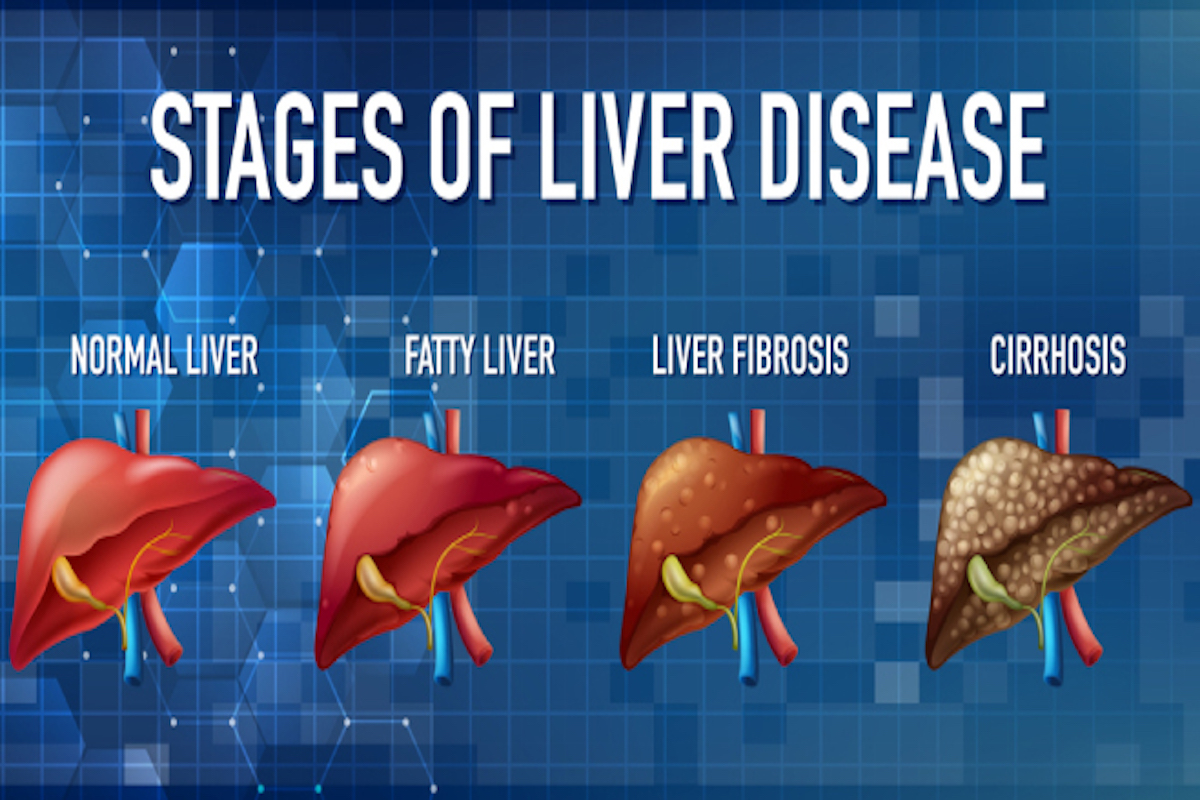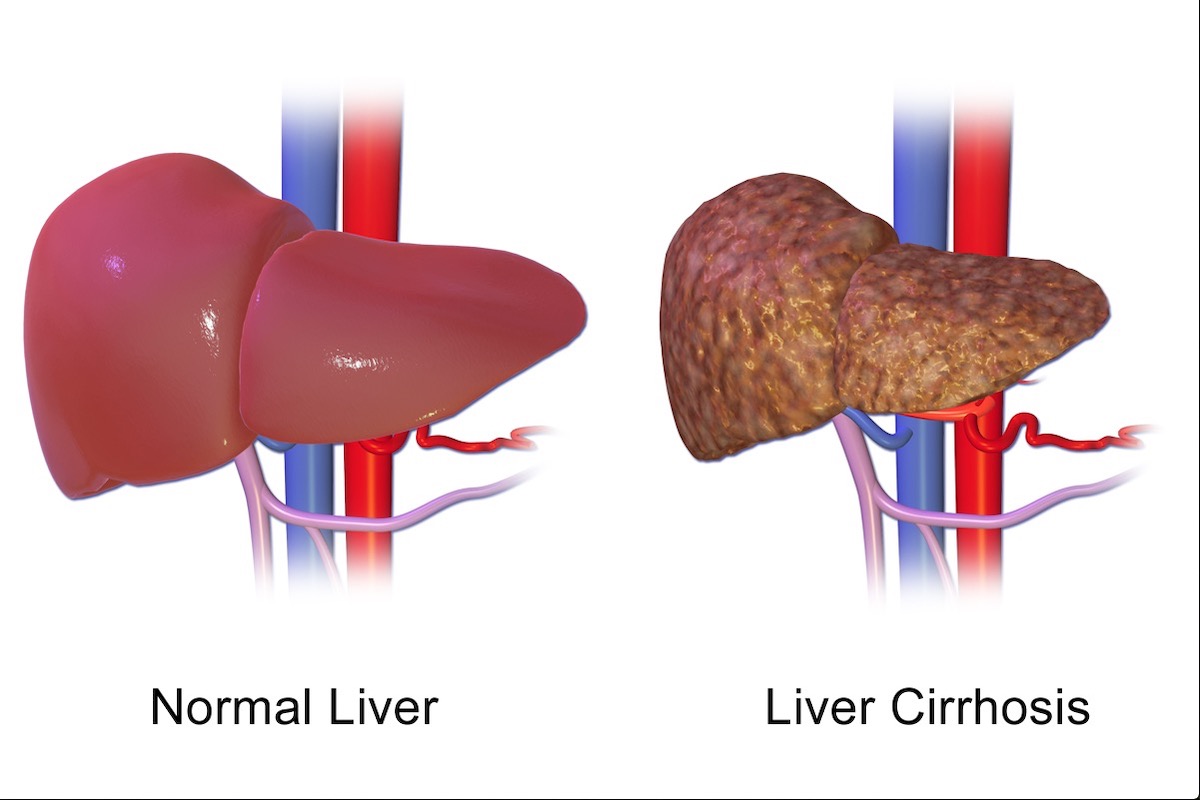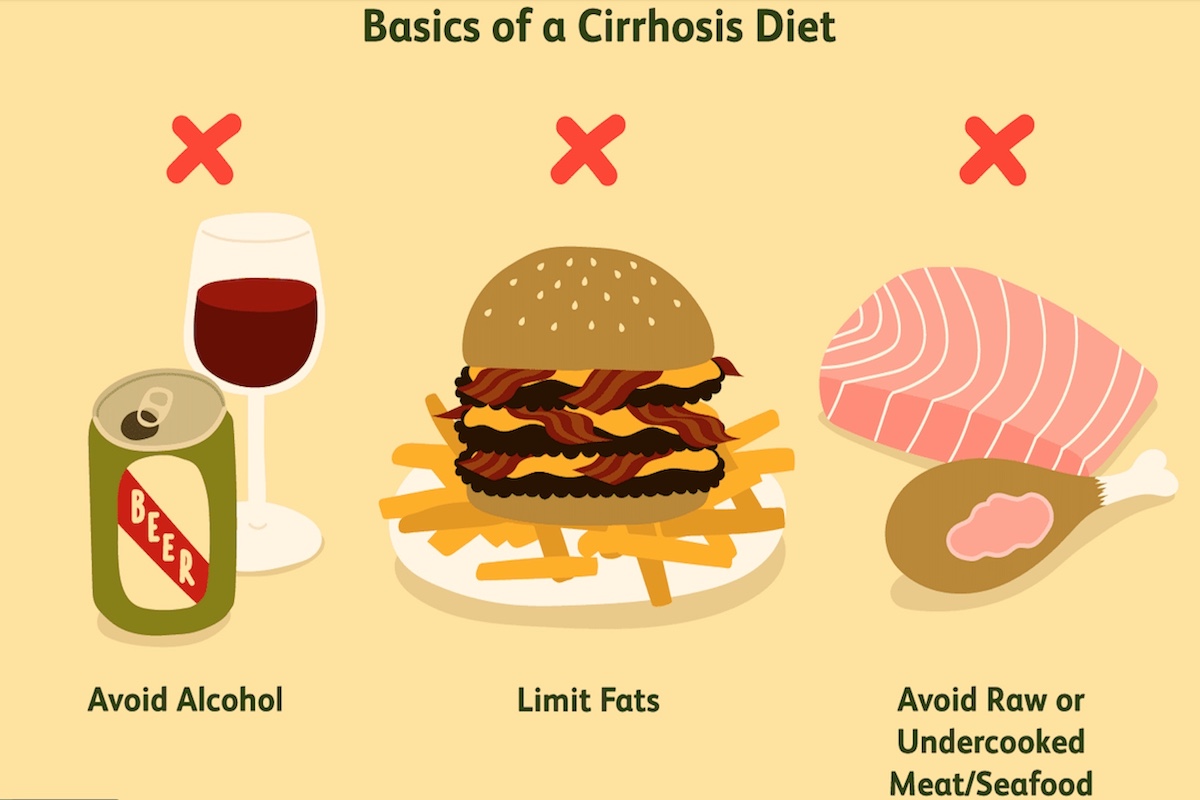Liver cirrhosis is a common condition in the United States that affects many people. It happens when the liver gets damaged and scarred over time. It’s important to know that liver cirrhosis can have serious effects on health. Understanding how common liver cirrhosis is in the US and why it happens can help us learn and take action early. In this article, we will find out the causes, things that make it more likely to happen, and how you can recognize this liver disease.

What Causes Liver Cirrhosis?
Long-term damage and scarring of the liver cause liver cirrhosis. Hepatitis C, a viral infection that affects the liver, alcohol-related liver disease from excessive alcohol consumption, and non-alcoholic fatty liver disease with fat buildup are the main diseases that lead to liver cirrhosis. These diseases harm liver cells, leading to inflammation and scarring, gradually replacing healthy liver tissue. Other less common causes include:
- Autoimmune hepatitis: When the body’s immune system mistakenly attacks the liver.
- Wilson’s disease: A genetic disorder that causes copper to accumulate in the liver.
- Hemochromatosis: A genetic disorder where the body absorbs too much iron.
- Primary biliary cholangitis: A chronic disease that damages the bile ducts in the liver.
- Primary sclerosing cholangitis: A condition where the bile ducts become inflamed and scarred.
- Budd-Chiari syndrome: A blockage in the veins that carry blood from the liver.
- Drug-induced liver injury: Liver damage caused by certain medications or toxins.
Liver Stages
This table gives you a simple and easy-to-understand summary of the stages of liver cirrhosis. It shows how the disease progresses, from mild scarring at the beginning to severe damage later on. Each stage is explained with its own symptoms. The table is designed to help you quickly grasp the different stages.
| Stage | Description |
|---|---|
| Stage 1 | Early stage with mild scarring. The liver can still function adequately, and symptoms may be mild. |
| Stage 2 | Moderate scarring begins to impact liver function. Some symptoms, such as fatigue, may be present. |
| Stage 3 | Significant scarring and liver damage. Symptoms become more pronounced, such as jaundice and pain. |
| Stage 4 (End-stage) | Advanced scarring, also known as decompensated cirrhosis. Severe symptoms, liver failure, and complications like ascites or hepatic encephalopathy can occur. Transplantation may be necessary. |
Liver cirrhosis can lead to various complications, including fluid buildup in the abdomen (ascites), impaired brain function (hepatic encephalopathy), severe bleeding from enlarged veins, kidney problems (hepatorenal syndrome), infection in the abdomen (spontaneous bacterial peritonitis), and an increased risk of liver cancer. These complications can have serious consequences and, in some cases, can be life-threatening. Liver diseases, including liver cirrhosis, contribute to a significant number of deaths each year in the United States.

Symptoms of Liver Cirrhosis
To avoid (life-threatening) complications it’s important to recognize this liver condition as soon as possible. The most common symptoms include:
- Fatigue and weakness: Feeling excessively tired and lacking energy.
- Jaundice: A condition where the skin and whites of the eyes turn yellow. It occurs due to the liver’s inability to effectively process bilirubin, resulting in its buildup in the body.
- Loss of appetite and weight loss: A reduced desire to eat accompanied by unintentional weight loss.
- Nausea and vomiting: Feeling nauseous and experiencing episodes of vomiting.
- Abdominal swelling and pain: The accumulation of fluid in the abdomen, known as ascites, leading to swelling. This can cause discomfort or pain in the abdominal area.
- Easy bruising and bleeding: A tendency to bruise easily and an increased risk of bleeding due to reduced blood clotting factors produced by the liver.
Less common symptoms include: itchy skin, spider angiomas, palmar erythema (redness of the palms of the hands), enlarged breasts in men, and confusion and cognitive issues, like memory problems.
How Is It Diagnosed?
Once you suspect you’re suffering from liver damage it’s crucial to contact your professional healthcare provider as soon as possible. They will hear your suspicions and if necessary exam you. This condition is typically diagnosed through a combination of exams. Think of: medical history and physical examination, blood tests, imaging tests and liver biopsy.
Are There Any Treatment Options?
Treatment options for liver cirrhosis aim to manage symptoms, slow down disease progression, and prevent complications. Here are some common treatment approaches:

Lifestyle changes:
making healthy lifestyle choices such as maintaining a balanced diet, limiting alcohol intake, and engaging in regular exercise can help improve liver health.
Medications:
certain medications may be prescribed to address specific symptoms or underlying causes of liver cirrhosis, such as antiviral drugs for viral hepatitis or medications to reduce fluid buildup (diuretics) for ascites.
Management of complications:
treatment may focus on addressing complications like portal hypertension, hepatic encephalopathy, or infections, which can involve medications, procedures, or interventions.
Nutritional support:
in some cases, nutritional supplements or modifications to the diet may be recommended to support overall health and liver function.
Liver transplantation:
in severe cases where the liver is significantly damaged, a liver transplant may be considered as a treatment option. This involves replacing the diseased liver with a healthy liver from a donor.
The choice of treatment depends on the individual’s specific condition and the severity of liver cirrhosis.
Is Liver Cirrhosis Preventable?
Maybe the biggest question of all is, is liver cirrhosis preventable? The answer is: yes! It can be prevented by making healthy choices and taking care of your liver. Lower your chances of getting liver cirrhosis by doing the following:
Limit alcohol:
Drinking too much alcohol can damage the liver over time. It’s important to drink in moderation or avoid alcohol altogether.
Stay safe:
Hepatitis B and C are infections that can harm the liver. You can protect yourself by practicing safe sex and avoiding sharing needles.
Get vaccinated:
Vaccines are available for hepatitis A and B. By getting vaccinated, you can prevent these viruses from damaging your liver.
Practice good hygiene:
Washing your hands regularly and keeping good hygiene can help prevent infections that can harm the liver.
Eat healthy and maintain a healthy weight:
Eating a balanced diet and staying at a healthy weight can reduce the risk of liver damage from conditions like obesity and fatty liver disease.
By making these choices, you can take care of your liver and lower the chances of developing liver cirrhosis. Prevention is important, so take steps to keep your liver healthy. Please don’t be hesitant when contacting your healthcare provider when you think something’s wrong with your liver. Damaging your liver can get you into medical (and financial) trouble. Better safe than sorry! Doing additional research is never wrong. You can do this by talking to your professional healthcare provider, as well as through online research. We want to help you along, so start your search here:

